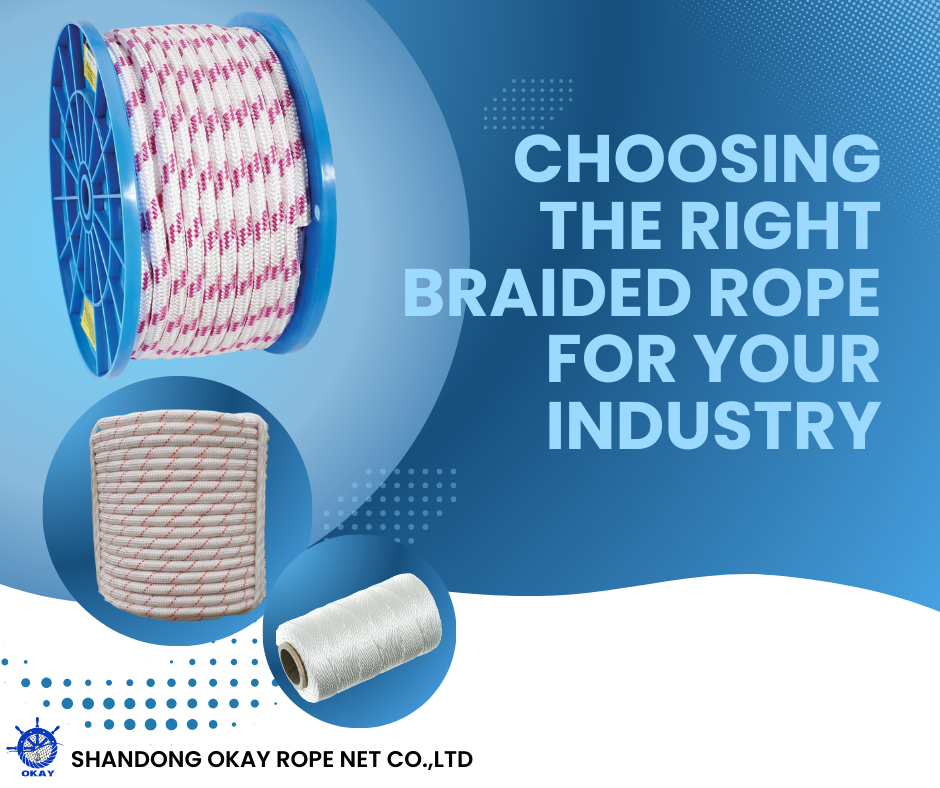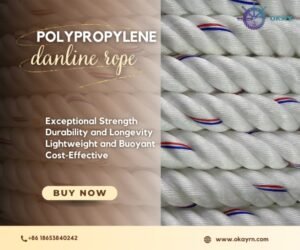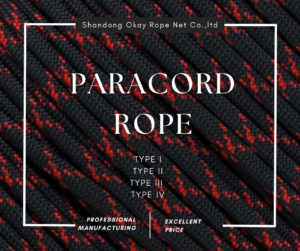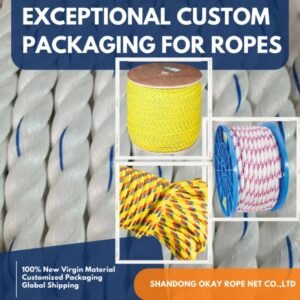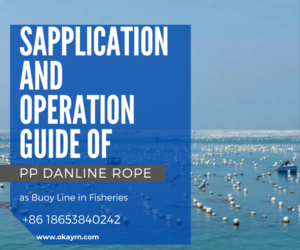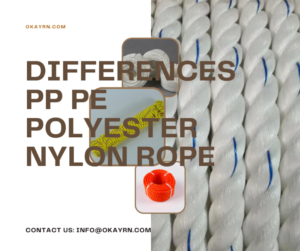Choosing the right braided rope is critical for ensuring safety, efficiency, and cost-effectiveness in various industries. Whether you’re in maritime, construction, or agriculture, the type of rope you select can significantly impact your operations. In this guide, we’ll explore the key factors to consider when selecting braided rope for your specific industry needs.
1. Understanding Braided Rope Materials
Nylon: Known for its strength, elasticity, and resistance to abrasion, nylon is ideal for marine and heavy-duty applications.
Polyester: With excellent UV resistance and low stretch, polyester is perfect for outdoor and long-term use.
Polypropylene: Lightweight and floatable, polypropylene is commonly used in water-related industries like fishing and aquaculture.
2. Industry-Specific Recommendations
Maritime: Opt for nylon or polyester ropes due to their durability and resistance to saltwater corrosion.
Construction: Choose high-strength, low-stretch ropes like polyester for lifting and rigging.
Agriculture: Lightweight and UV-resistant polypropylene ropes are ideal for farming and livestock management.
3. Key Factors to Consider
Load Capacity: Ensure the rope can handle the maximum load required for your application.
Environmental Conditions: Consider factors like UV exposure, moisture, and temperature.
Safety Standards: Always select ropes that meet industry safety certifications.
Selecting the right braided rope is a decision that shouldn’t be taken lightly. By understanding the unique requirements of your industry and the properties of different rope materials, you can make an informed choice that enhances safety and efficiency.
Looking for high-quality braided ropes tailored to your industry? Contact us today to explore our range of premium products!

